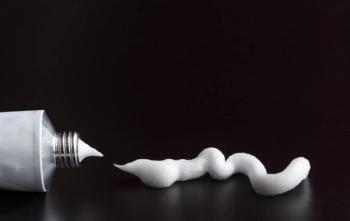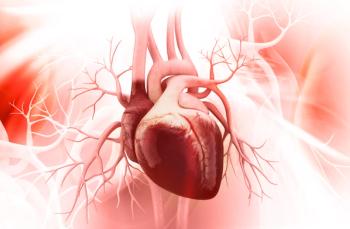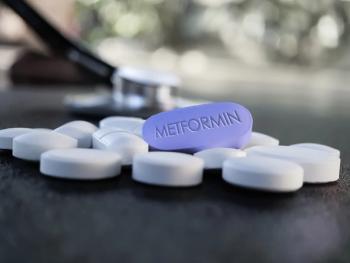First-trimester exposure to maternal estradiol may increase risk of thyroid dysfunction in offspring conceived via in vitro fertilization (IVF), according to a study in Fertility & Sterility. The findings suggest that serum estradiol should be evaluated before embryo transfer (ET) to reduce risk of gamete/embryo exposure to high levels.
Presented at the American Society for Reproductive Medicine, the cross-sectional retrospective study looked at 415 singleton births following fresh ET (n=140) and frozen ET (n=171), or natural conception (n=104). The offspring were conceived following a traditional IVF course. During the study period, the children, ages 3 to 10 years, were examined and had their serum FT3, FT4, T3, T4, and thyroid-stimulating hormone (TSH) levels were measured. In addition, maternal serum estrogen levels from the first trimester were investigated.
Point/Counterpoint: Does the robot hurt or help?
Mean serum estradiol levels in women who underwent fresh ET at 4 and 8 weeks’ gestation were significantly higher than those in women who had frozen ET or conceived naturally (P < 0.01). In addition, the levels were positively correlated to those on the day of administration of human chorionic gonadotropin (hCG) (r = 0.5 and r = 0.4, P < 0.01). After fresh ET, the levels of T4, FT4, and TSH were significantly higher than following a frozen procedure or natural conception (P <0.01). No significant differences were seen in the FT3 or F3 concentrations. Serum estradiol level on the day of hCG administration was positively correlated with T4 and FT4 in the IVF-conceived children (r=0.33, P<0.01 and r=0.23, P < 0.05, n=118),
The researchers concluded that a high maternal serum estradiol level in the first trimester was correlated with an increased risk of dysfunction in the thyroid of offspring. They believe that evaluating serum estradiol levels prior to ET could reduce the risk of such exposure and urged further study to confirm the findings and better understand the etiopathogenesis of maternal estradiol-associated childhood thyroid dysfunction.
To get weekly advice for today's Ob/Gyn, subscribe to the Contemporary OB/GYN Special Delivery.











